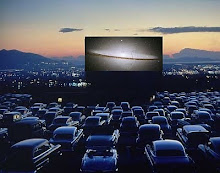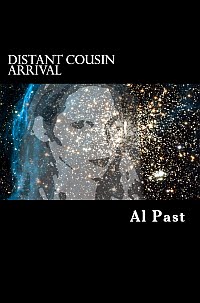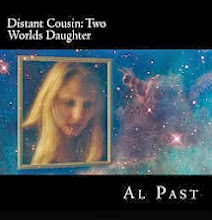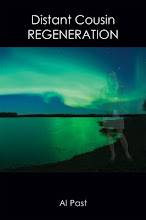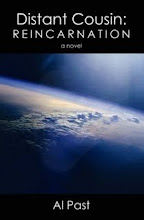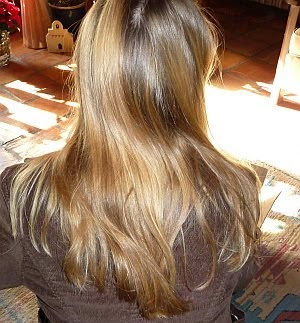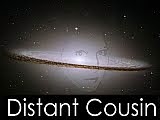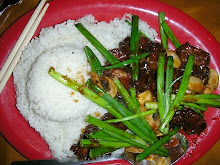The Distant Cousin stories have anticipated developments in science and the news many times before--more than a dozen so far (examples). Readers disagree, however, as to whether the stories are "science fiction" or not. There is no time travel, no hopping blithely from galaxy to galaxy, no worm holes to other dimensions, and the like. Ana's world is our world, pretty much, our world today.
But you shouldn't read the Distant Cousin stories merely to wonder about future advancements in science and technology. What you'll love is the great characters, in colorful places and unexpected situations, situations that intrigue and stir your imagination. That is the reason Distant Cousin is being turned into a series. It may take years to appear, but you don't have to wait. The pleasure is available right now!
There are many excerpts in Ana's blog:
Before it's a TV series, it's a series!









